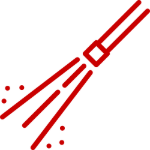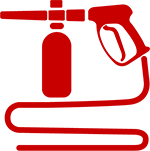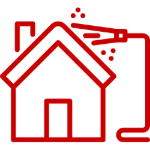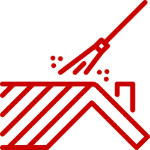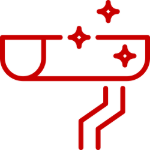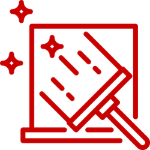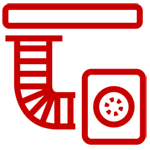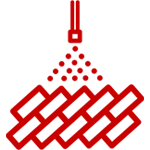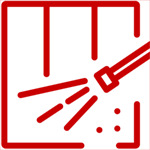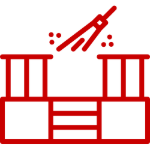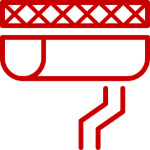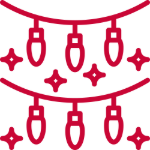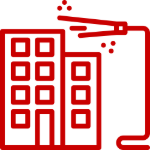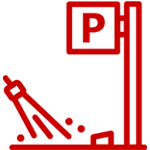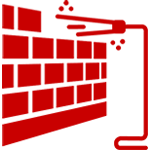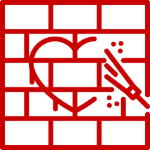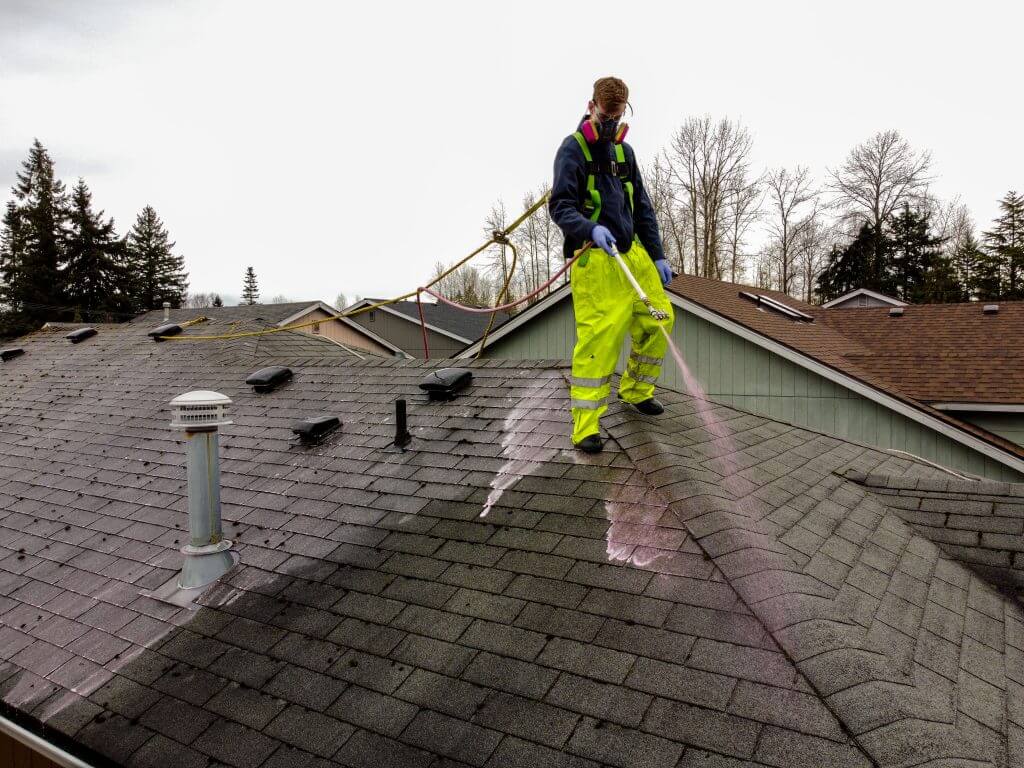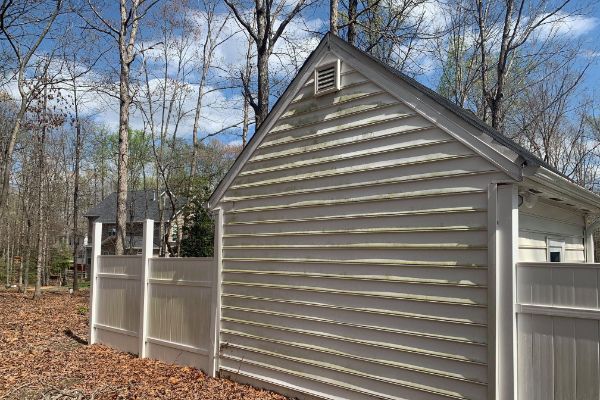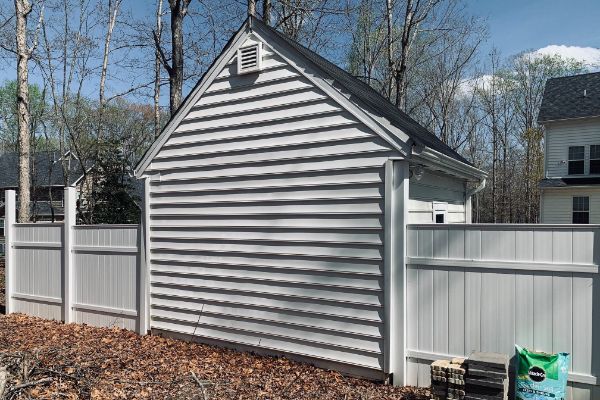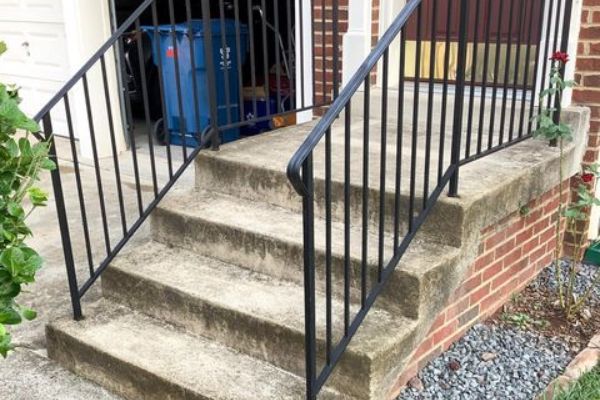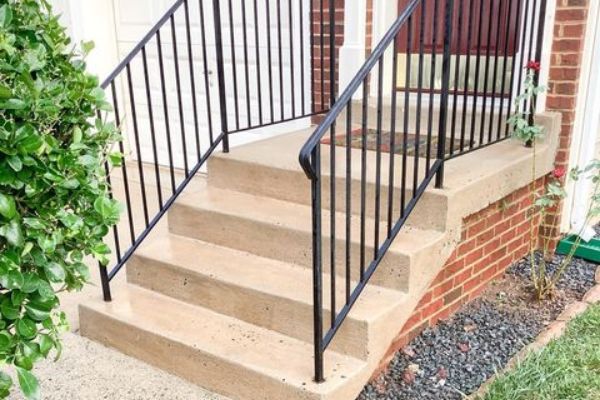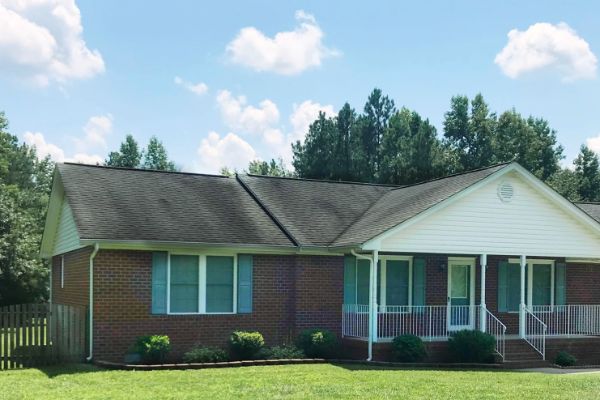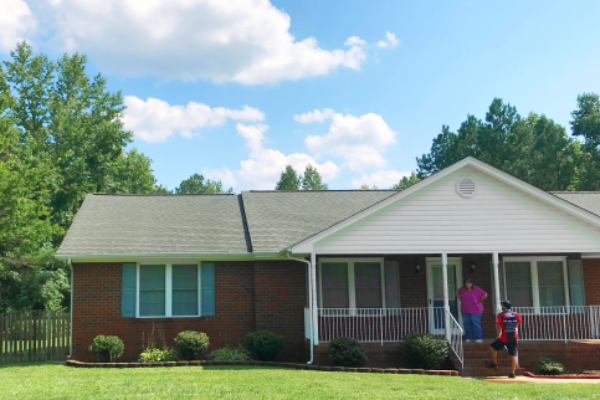Pressure wash roof cleaning is a common service for many businesses. This is because it allows them to have a clean roof that is free of dirt and grime. Moreover, it also provides protection for the business’s interior. The use of these services is also common on public buildings. These include schools, hospitals, parks, and other public buildings. However, there are several things that you must consider before you get started.
Low-pressure rinsing
Low pressure rinsing is a good way to clean your roof. It is safe and can be as effective as other methods. However, it is not for concrete or other solid surfaces.
Besides being less damaging, low pressure cleaning will also remove more dirt. You can rent a pressure washer at your local home improvement store. Alternatively, you may want to hire a professional. They will have the tools and expertise to get your roof looking great.
One reason low pressure rinsing is an effective way to clean your roof is because it does not wash away damaged granules on the surface. When water carries over granules, it can cause mold and rot. A professional can ensure your roof is free of these problems.
Another reason low pressure rinsing is a smart idea is because it will protect your tiles from harmful storm residue. If your roof is damaged by a rainstorm, your insurance company may cover the cost.
Sodium hydroxide
Sodium hydroxide, also known as caustic soda, is a common chemical used for many household applications. It is a basic element in soaps, drain cleaners, paint strippers, and other cleaning products. This powerful alkaline substance breaks down petroleum-based materials, such as asphalt shingles.
When used properly, sodium hydroxide can remove a range of dirt, algae, and mould from roofs. However, it should be used with care. Using it in high concentrations can dissolve asphalt granules, causing irreversible damage to shingles.
Sodium hypochlorite can be used in the right dilution, but it can also destroy shingles. While it can be a safe and effective degreaser, it can leave a residue that requires a special rinsing process.
Some contractors use sodium hydroxide for pressure washing. These companies claim to be “low-pressure” cleaners. In fact, they may be just using a simple scrub brush to move the solution across the surface.
Sodium percarbonate is a better choice for cleaning a roof than sodium hydroxide. Sodium percarbonate is a highly effective and environmentally friendly chemical. But it must be mixed thoroughly.
Biocide
When it comes to pressure washing roof cleaning, one of the most common problems is algae. These are organisms that thrive in damp conditions and cover the surface of your roof in green and black patches. They can also clog your gutters and cause water to overflow. It’s important to clean the roof regularly in order to maintain its condition.
There are several methods of cleaning your roof, including softwashing and pressure washing. Softwashing involves using a product that is based on bleach. Unlike pressure washing, you don’t have to go onto the tiles. Instead, you can do the job from the gutters, which saves you the effort of climbing up.
If your roof is particularly porous, a maintenance treatment can help keep it clean for many years. This method uses a chemical that prevents moss regrowth for up to three years.
In addition to preventing moss regrowth, this chemical also keeps your roof cleaner for a longer period of time. However, the chemical can’t be used on metal and anodised finishes.
Softwashing
Softwashing is a low-pressure cleaning process used for roof and siding. It uses special biodegradable chemicals to remove dirt, mildew, moss, algae and bacteria. This method extends the life of the siding and roof, as well as protects the underlying surface.
The first step to softwashing for pressure wash roof cleaning is pre-treating the roof and siding. This process removes moss, mildew, and loose debris. Next, spraying the area with a cleaning solution begins to break down lichen, algae, and other organic stains.
In order to make sure you are using the correct chemical, check with your manufacturer. Some of the most popular solutions are sodium hypochlorite, bleach, and trisodium phosphate. These products kill mold, fungi, lichen, and mildew. They can also be used to remove odors.
When you are applying your cleaning solution, be careful not to allow the liquid to dry. If you leave it there for too long, you will leave a sticky residue that attracts dirt and grime.

